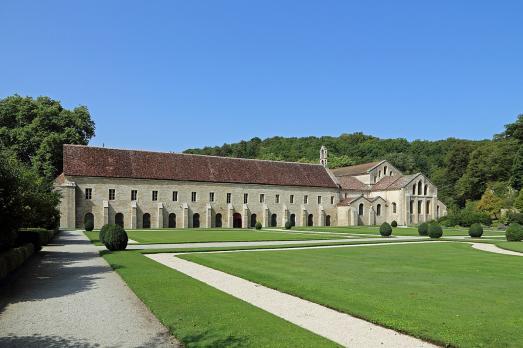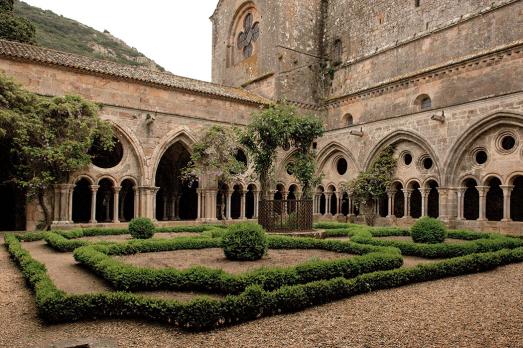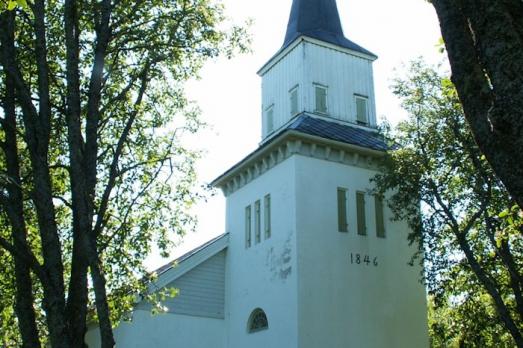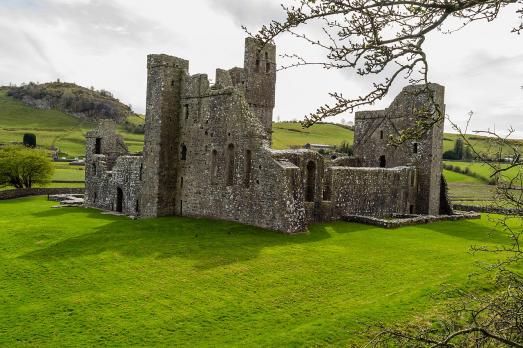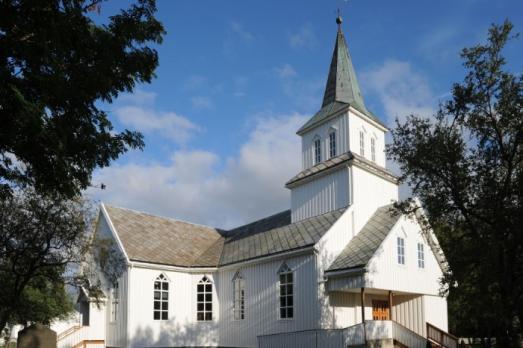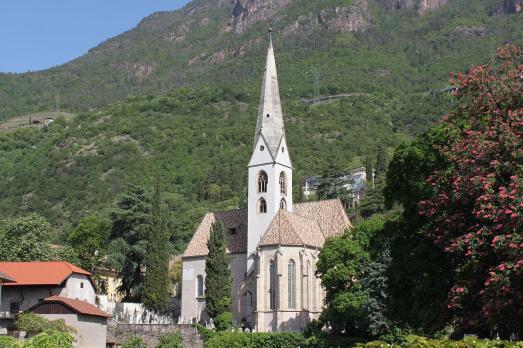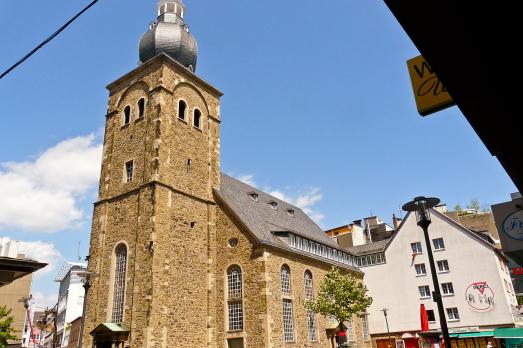Fonteinkerk
Buitenpost, NL
Modern church without tower. The Reformed Church Liberated Fonteinkerk (1977, expanded in 1993) has been extensively renovated again. Furniture has been renewed, the meeting room has been renovated, a meeting room has been added, etc. On Saturday 12 April 2008, the church on the Achtkant was festively put into use. (59-08/60-08)

